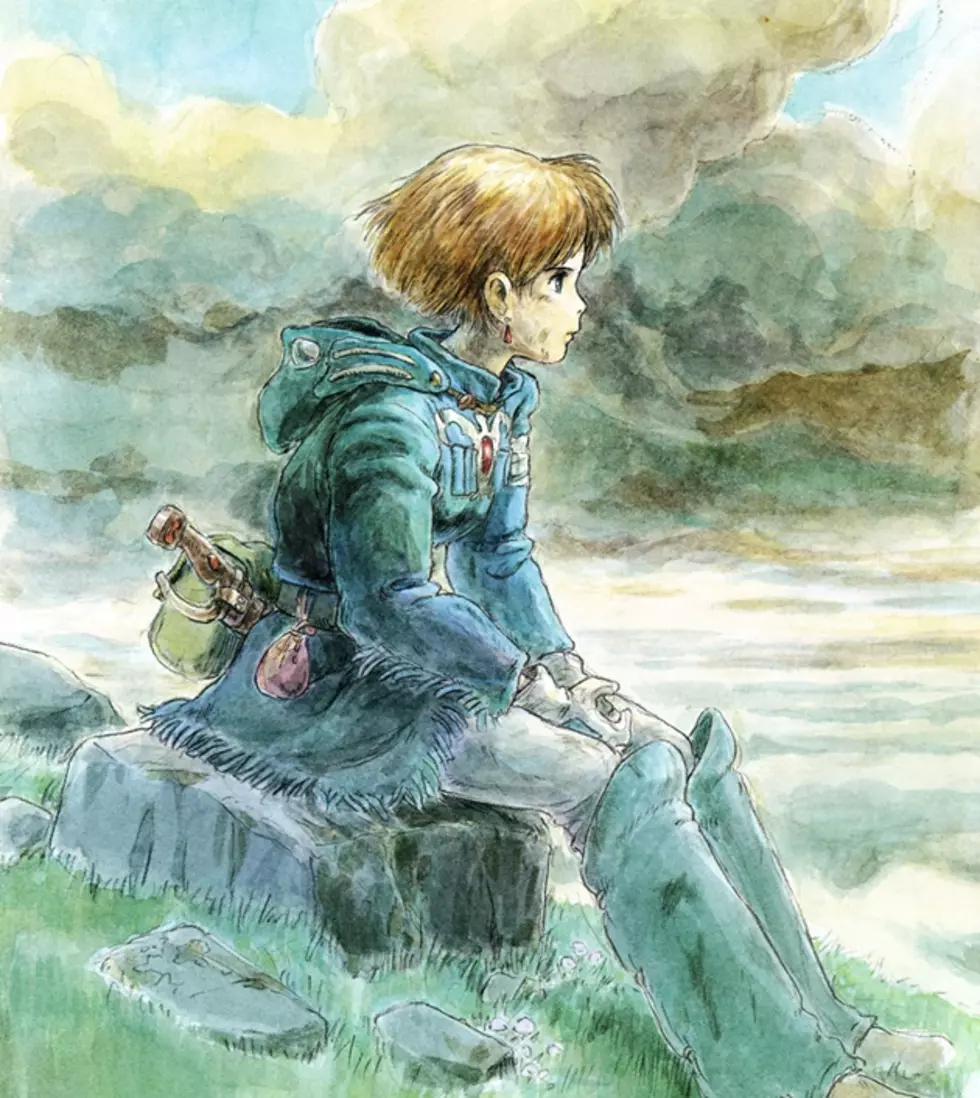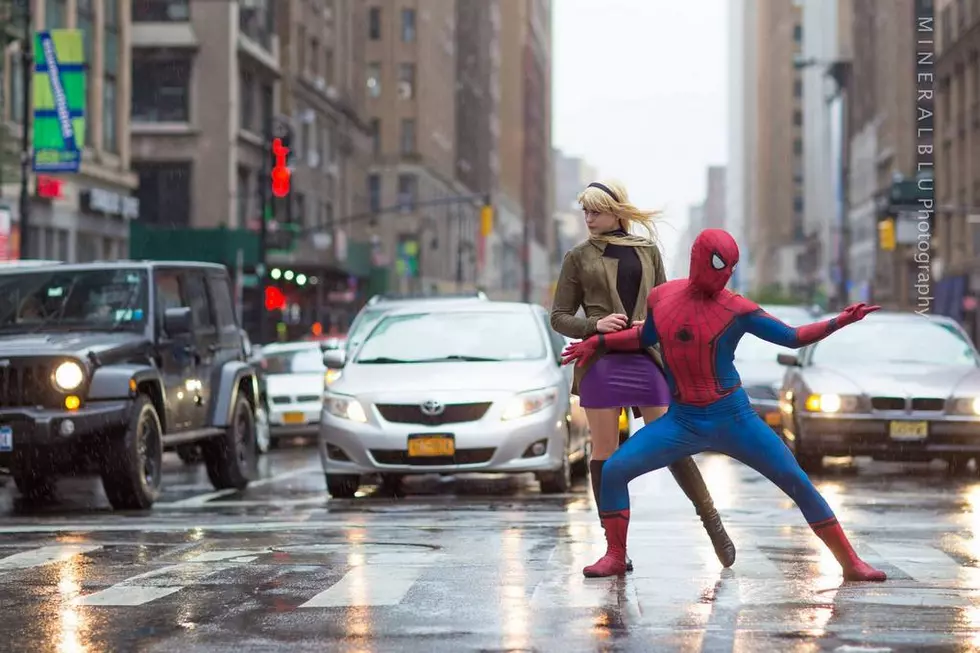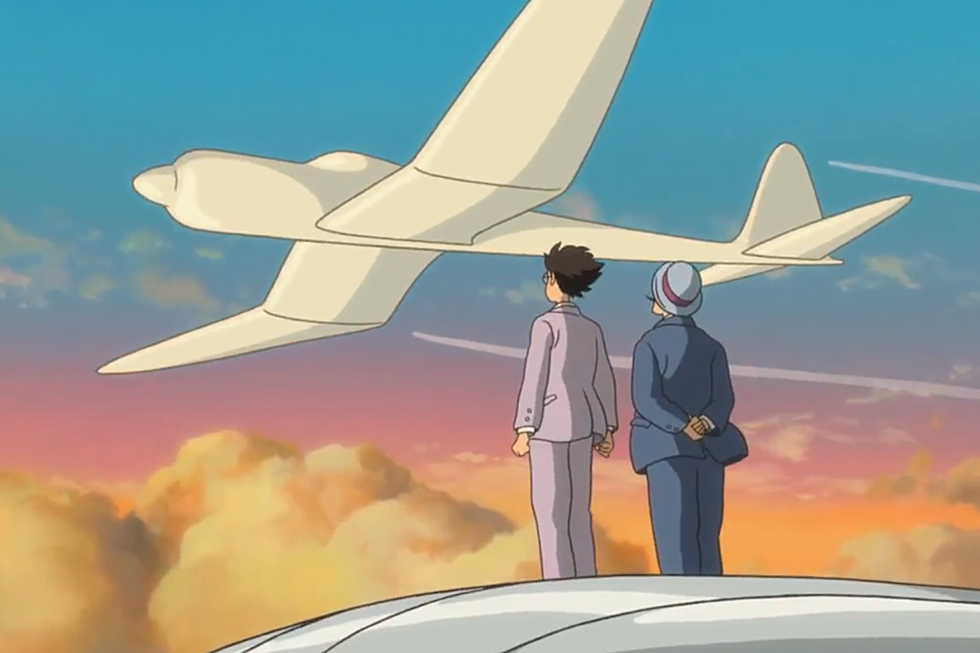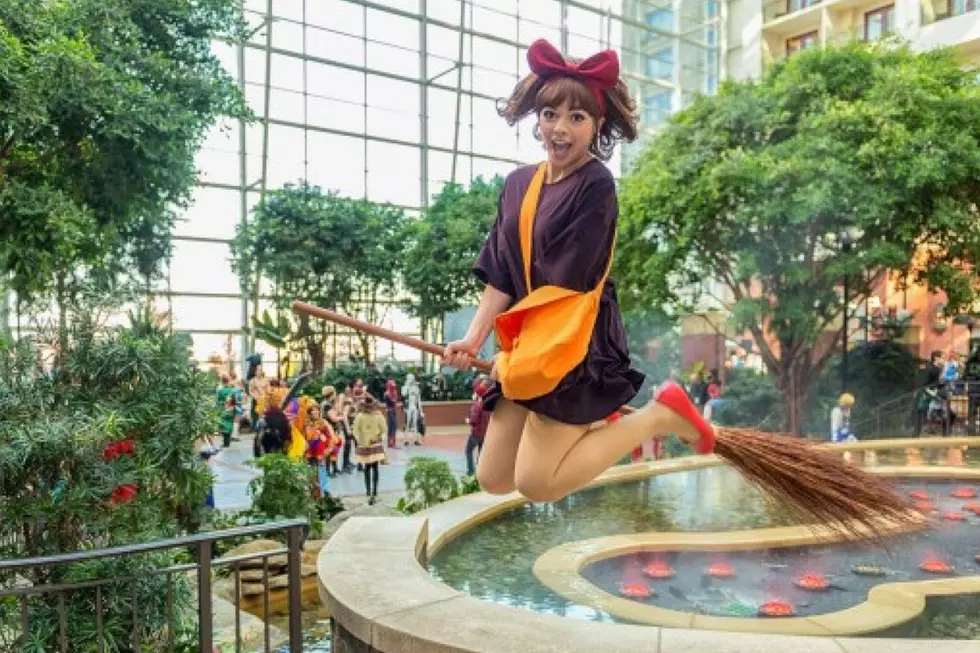
A Life In Motion: A Birthday Tribute to Hayao Miyazaki
Today marks the birthday of one of far-and-away the most talented, hard-working animators working in the last century: Hayao Miyazaki. He’s been called the Japanese answer to Walt Disney or Steven Spielberg, but all comparisons aside, Miyazaki's work is unmistakably his own.
Miyazaki’s art shows clear, fluid motions, with an emphasis on emotions and expressiveness, and lush, evocative backgrounds. He’s probably best known to American audiences for his work on the films Princess Mononoke and Spirited Away, but his longest serialized work is the manga Nausicaä of the Valley of the Wind.
Combining influences like novelist Ursula K. LeGuin and French artist Moebius, Nausicaä follows the adventures of the titular princess in a post-apocalyptic fantasy world as she comes to terms with her prophesied destiny.
Like nearly all of Miyazaki’s works, Nausicaä shows his fascination regarding the relationship between technological advancement and environmentalism, and between fate and free will, and features a female lead struggling against her own sense of morality in a world with ideals very different from her own. And again like nearly all of Miyazaki’s work --- in both comics work and animation-- it’s a masterclass in storytelling techniques, drawn in an unmistakable style, with more to teach young artists than any textbook.
Miyazaki’s work spans decades, and nearly every project he’s worked on would be the crown jewel in just about any other artist’s career. Miyazaki’s work crosses genres and styles, from the comedic styling of his directorial debut in Lupin III: The Castle of Cagliostro, to the subtle sadness of growing up, in the fantasy Spirited Away, all the way to questioning what responsibility the inventor holds for making weapons of war in his final film, the historical-fiction The Wind Rises.
If there’s a through-line in Miyazaki’s work, besides the quality and skill on display, it’s the desire for consideration and personal growth in a world that may be at odds with those dreams. Miyazaki’s protagonists may become briefly disheartened at the coldness of those around them, but they’re never fully alone. It’s through kindness and the desire for change that his characters achieve their goals, and that’s quite a mark for an artist to leave on the world.
Most importantly, Miyazaki’s work ethic is nothing short of incredible. He's constantly reevaluating his techniques, and he’s been known to go to extremes to get the details right. There's an oft-exaggerated rumor is that he redrew 80,000 frames of the movie adaptation of Nausicaä of the Valley of the Wind, when the actual truth is that he just personally checked and did mild touch-ups to make sure that each one of the 80,000 primary frames were accurate, but that's still an extraordinary amount of work!
Miyazaki’s works reflect his passions and love of life, and if there’s one thing young artists should reflect on when looking at his art, it’s the quote he gives in this interview with Golden Times:
[W]hether you can draw like this or not, being able to think up this kind of design, it depends on whether or not you can say to yourself, ‘Oh, yeah, girls like this exist in real life.’ If you don’t spend time watching real people, you can’t do this, because you’ve never seen it.”
Artists need to grow by experiencing life, and Miyazaki has always been a proponent of creating the art that comes from your own desires and experiences, rather than just copying your heroes. Miyazaki’s work is so powerful and evocative because he’s taken and learned from the life he’s lived, and his incredible output has allowed readers and viewers to benefit from the lessons he’s learned over the decades.
Happy birthday, Hayao Miyazaki; we’re very lucky to have all the wonders you've made.
More From ComicsAlliance

![Hayao Miyazaki Is Coming Out of Retirement… Again (Again [Again])](http://townsquare.media/site/442/files/2015/07/miyazaki.jpg?w=980&q=75)







